Table of Contents
A Park as Big as a Small Country
To understand how big Chobe is, picture this. It’s approximately the size of Northern Ireland or just over 4,500 square miles. Chobe National Park is the country’s first national park, officially established in 1968. Here, you’ll find a variety of landscapes, from the lush Chobe riverfront to the arid Savuti region, not to mention the enchanting Linyanti marsh and the park’s northwest corner, which seamlessly integrates dense forests, open woodlands, and expansive grasslands.
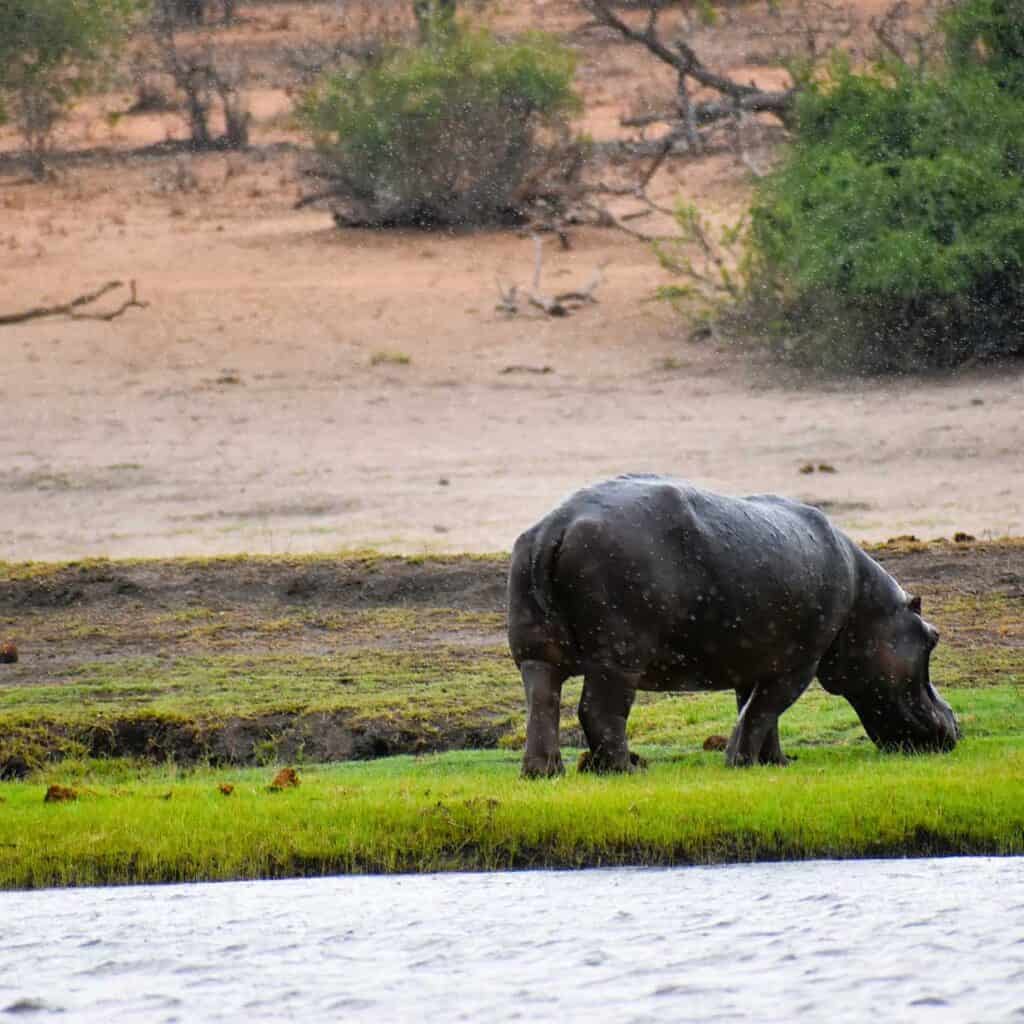
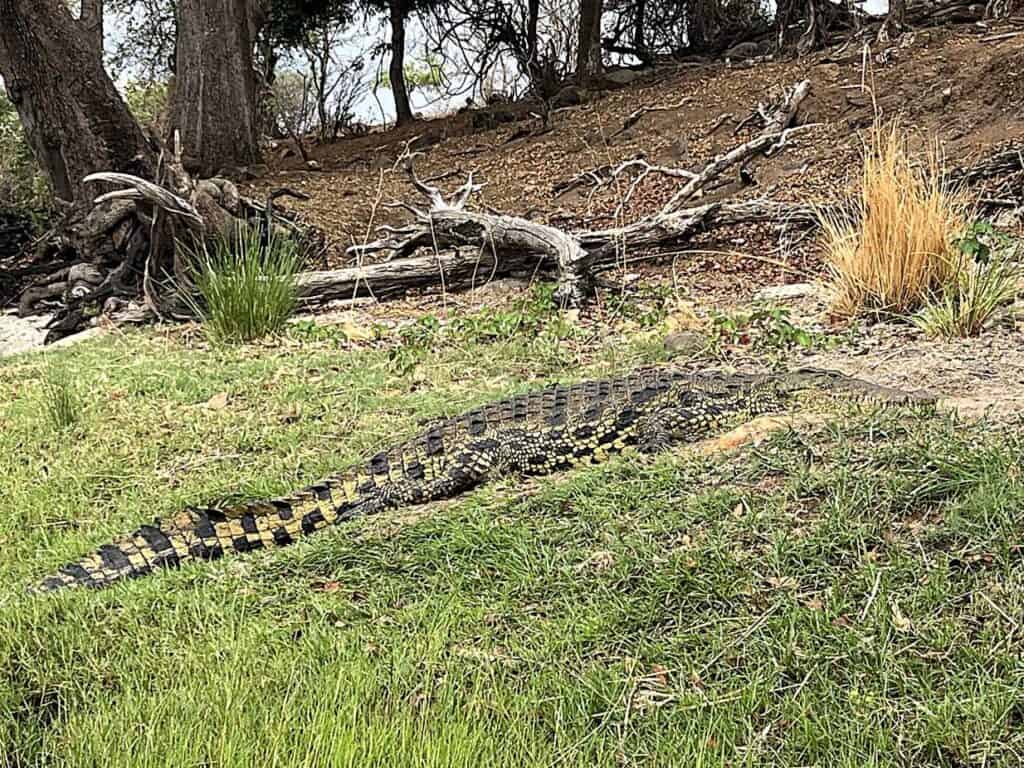
Life on the Chobe River
The park’s Chobe River forms its northern boundary, snaking along its edge and creating one of Africa’s most iconic safari experiences.
The banks of the Chobe River are full of wildlife. While I’ve heard that large herds of elephants are often seen crossing the river, we did see elephants, but not near the river. We did spot water-dependent animals like hippos bathing in the shallows, Nile crocodiles basking in the sun on the riverbanks, and an occasional red lechwe bouncing through the grass.
Wildlife Highlights
Chobe National Park boasts an extraordinary array of wildlife.
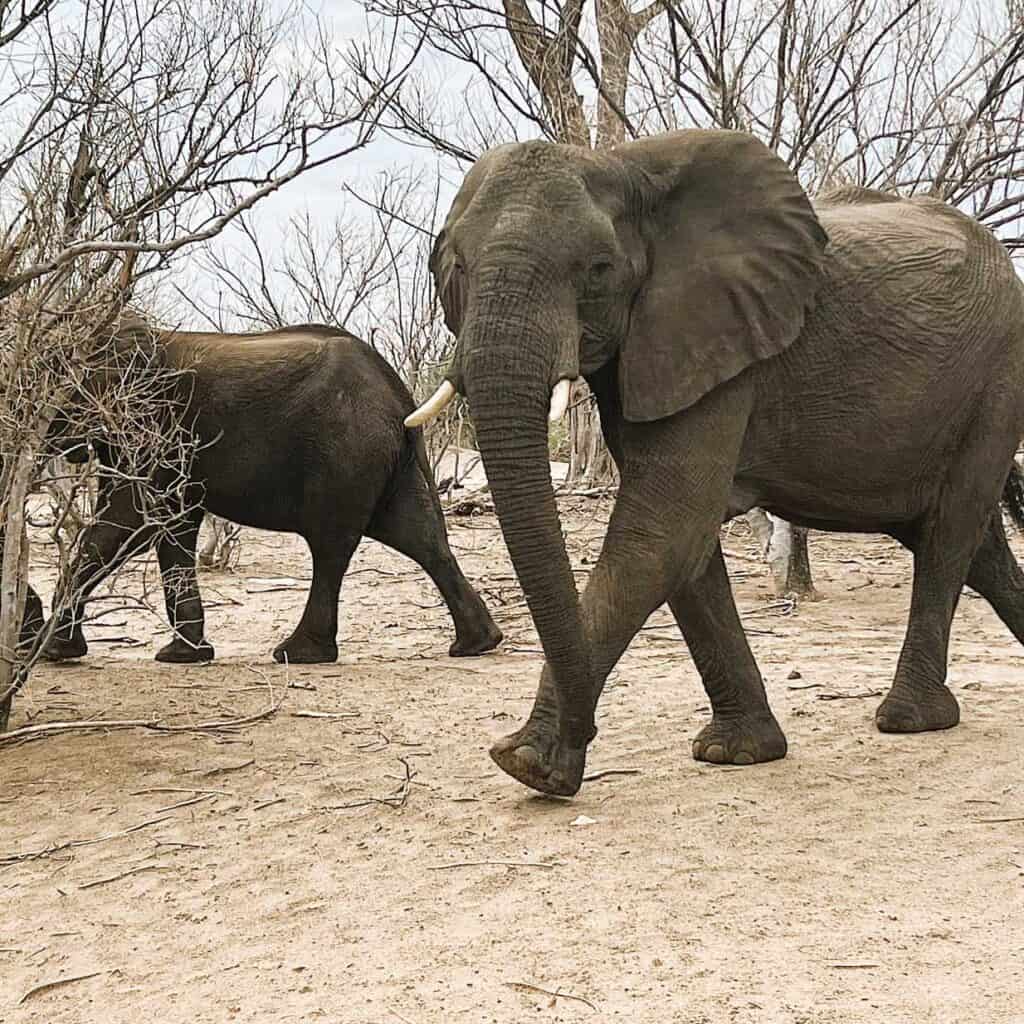
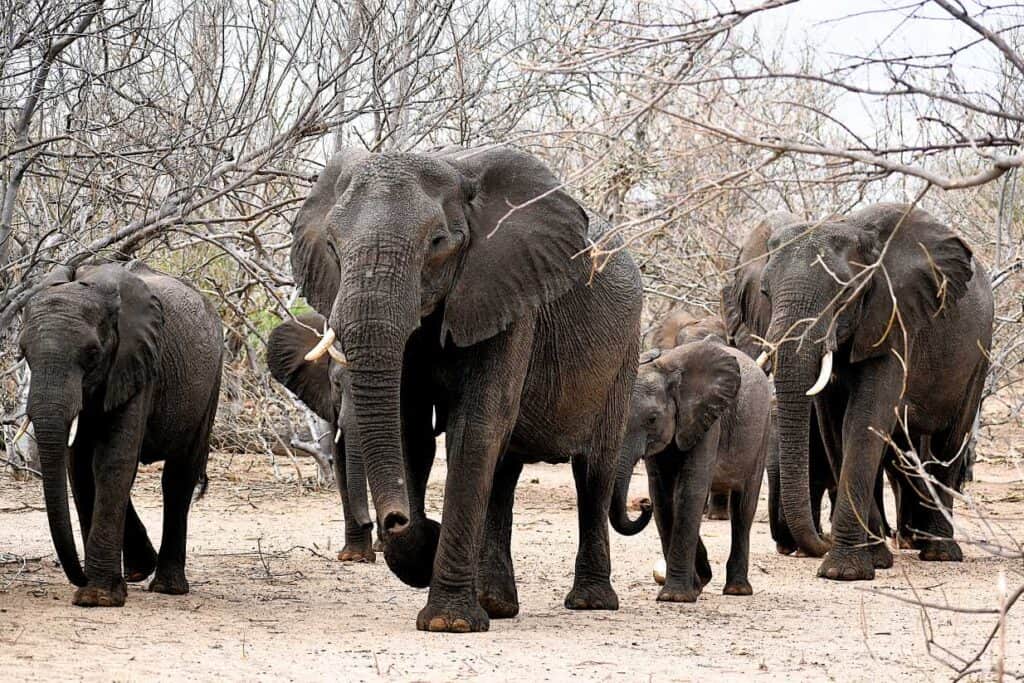
Large Herds of Elephants
While we didn’t witness these majestic creatures bathing in the river or crossing its waters, we saw a herd of elephants moving through the trees. We also saw elephant-damaged trees, as elephants frequently knock down trees, strip the bark, and uproot them. They must access roots, bark, and leaves to reach the tree’s nutrients. Due to people settling in villages in the surrounding area, the elephants can’t move freely to find food outside the region.
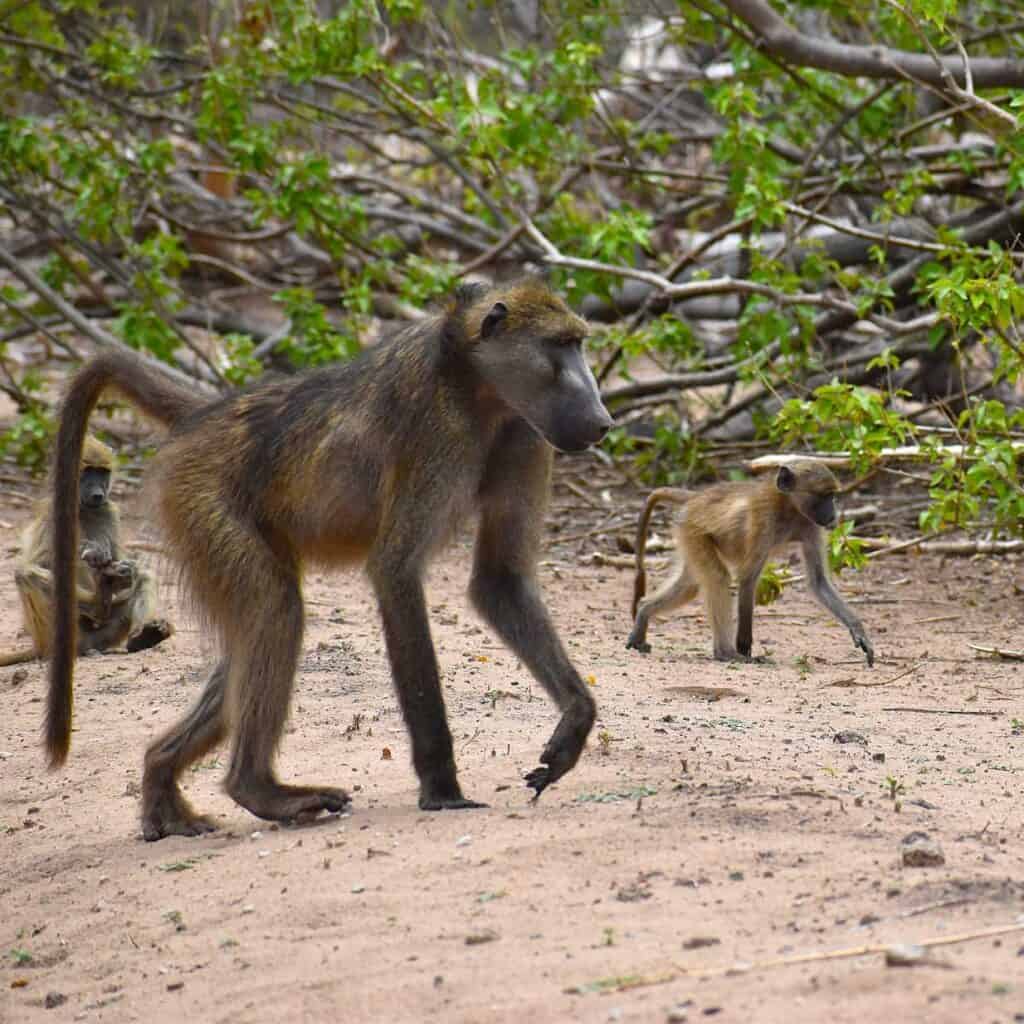
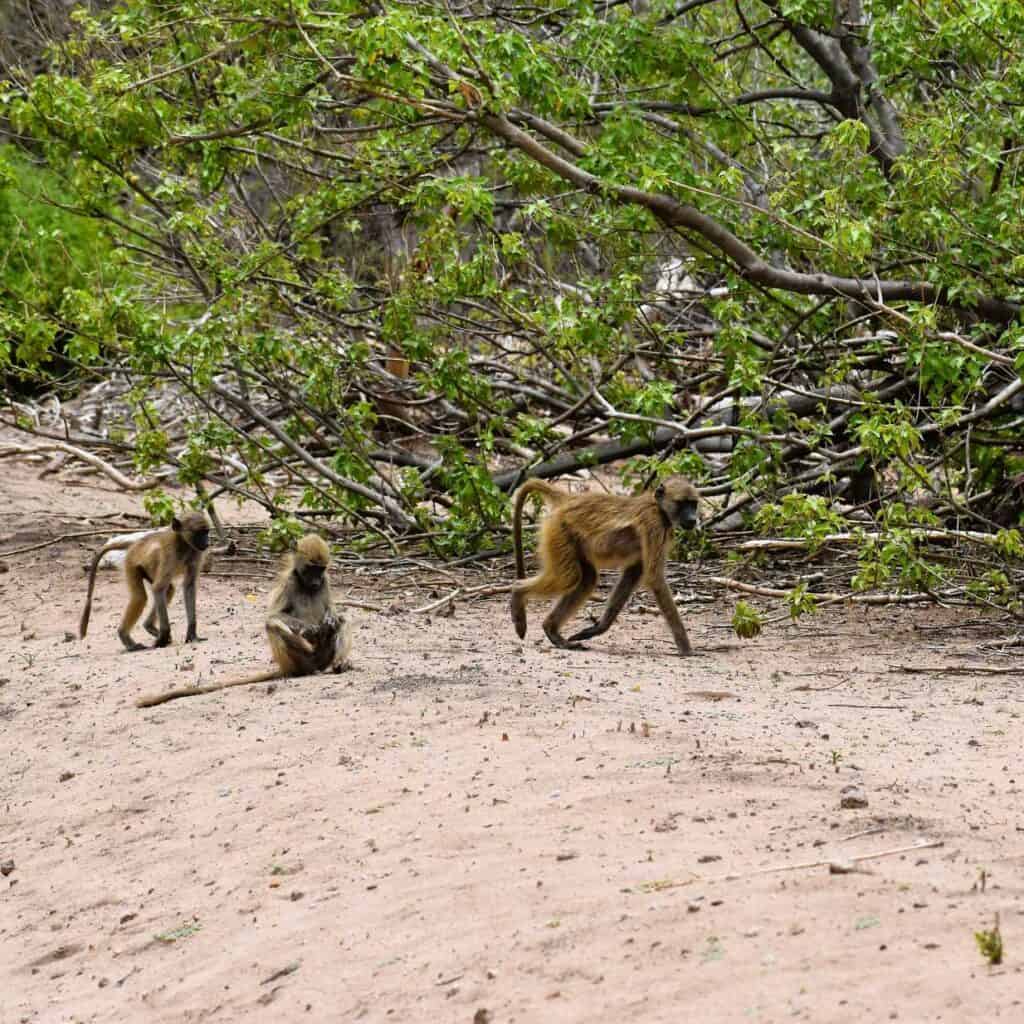
Different Animal Species
From southern giraffes grazing in open woodlands to sable antelopes roaming the riverbanks, there’s no shortage of diversity here. I enjoyed watching large groups of baboons with their babies.
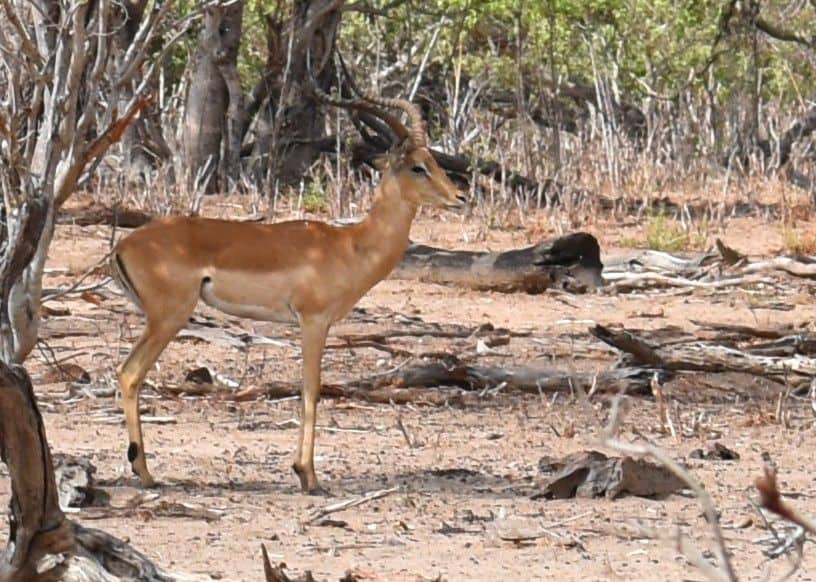
Rare Antelope Species
Look for roan antelopes and red lechwe grazing on floodplains.

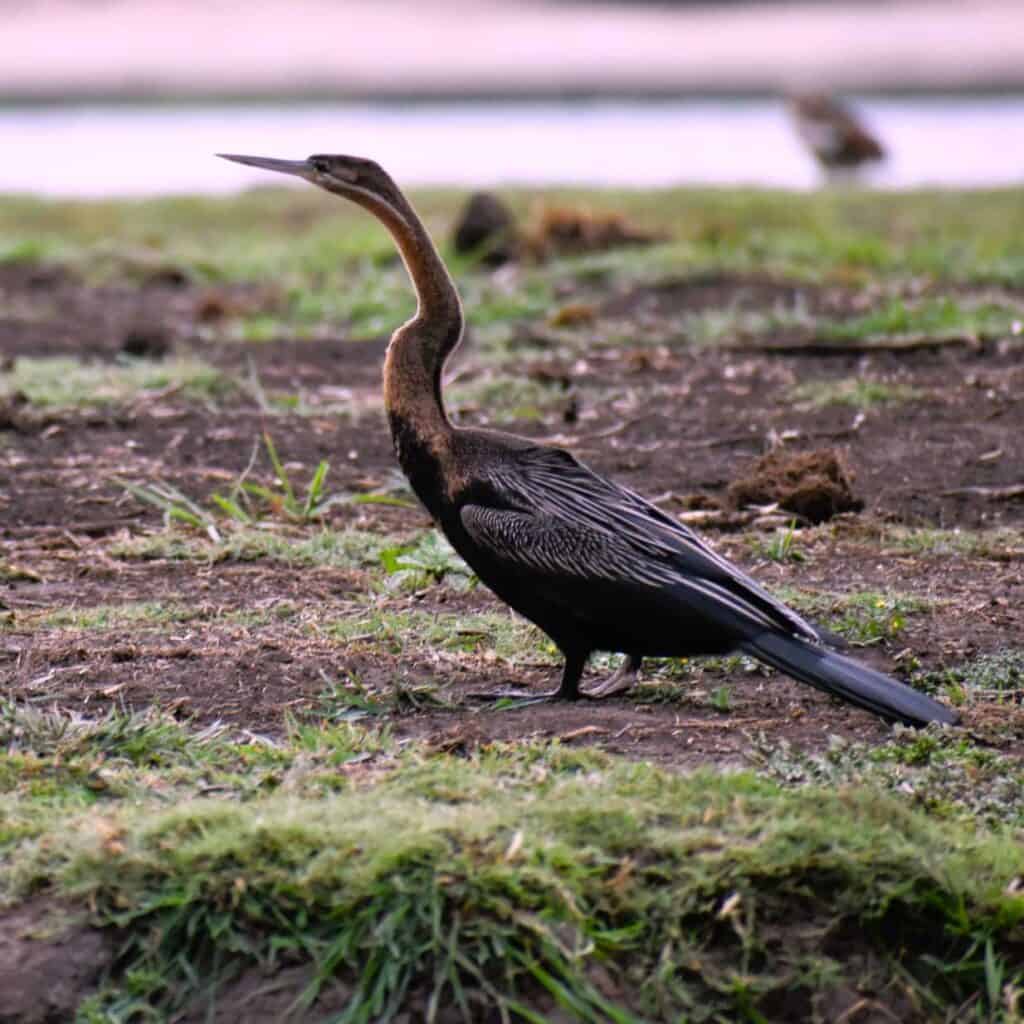
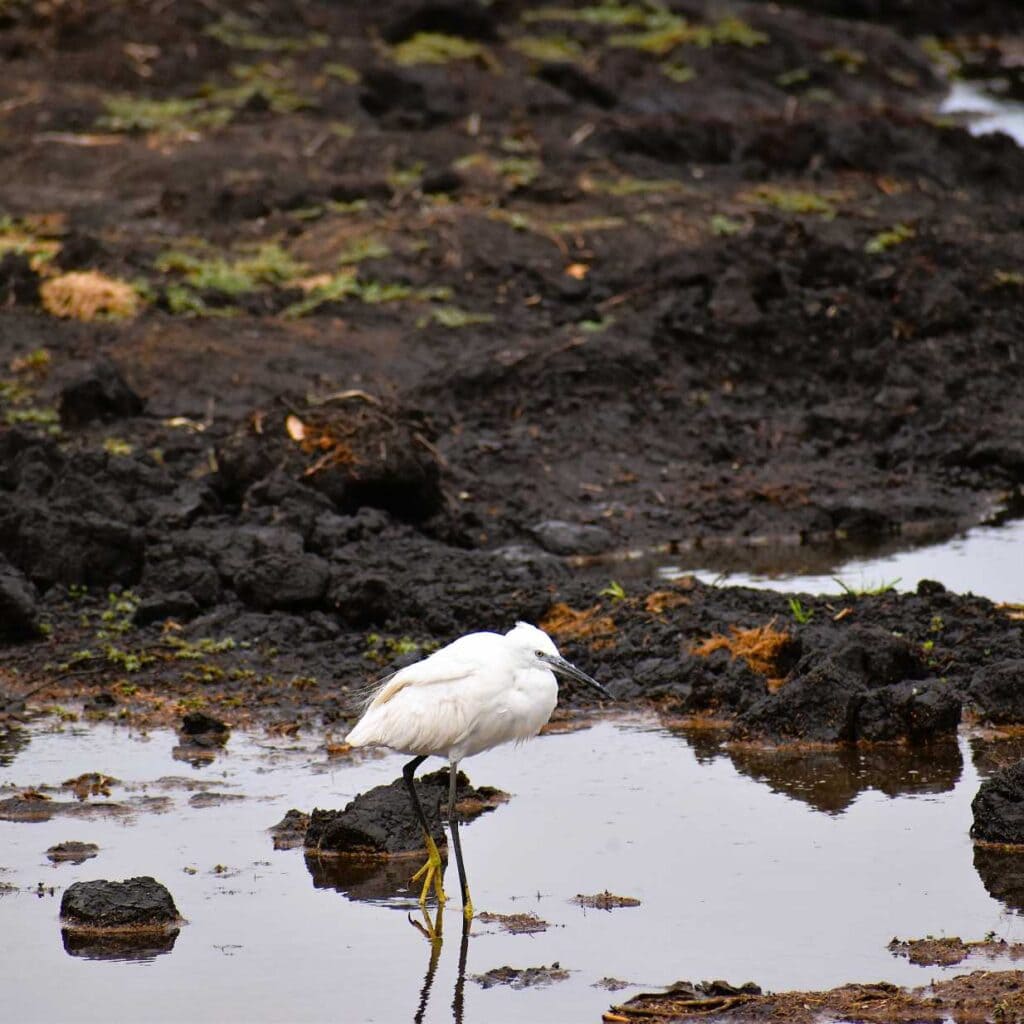
Birdlife
And don’t get me started on the birds. Chobe is a birder’s paradise, with over 450 bird species recorded here; birdwatching here is unrivaled. That includes everything from the regal fish eagles to the quirky spur-winged geese, elegant sacred ibis, and even the elusive Pela’s fishing owl, if you’re lucky.
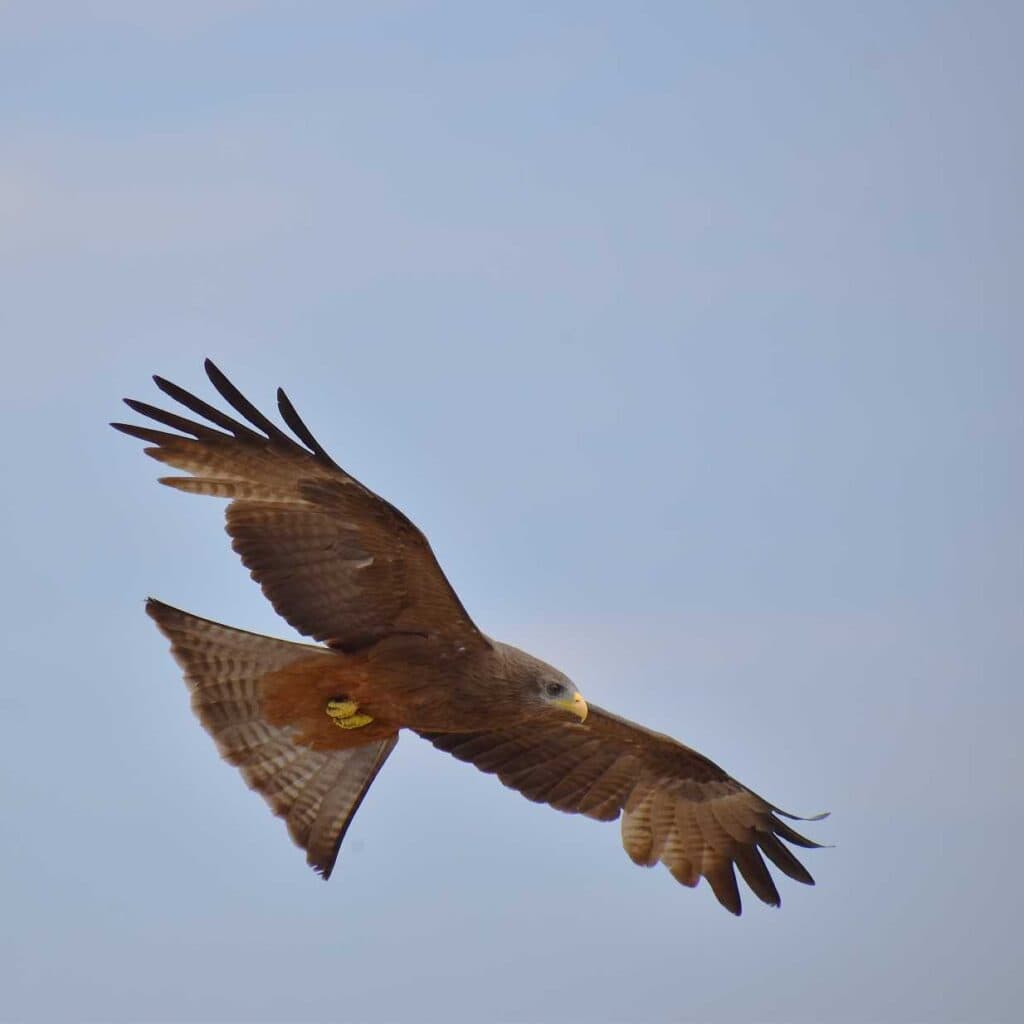
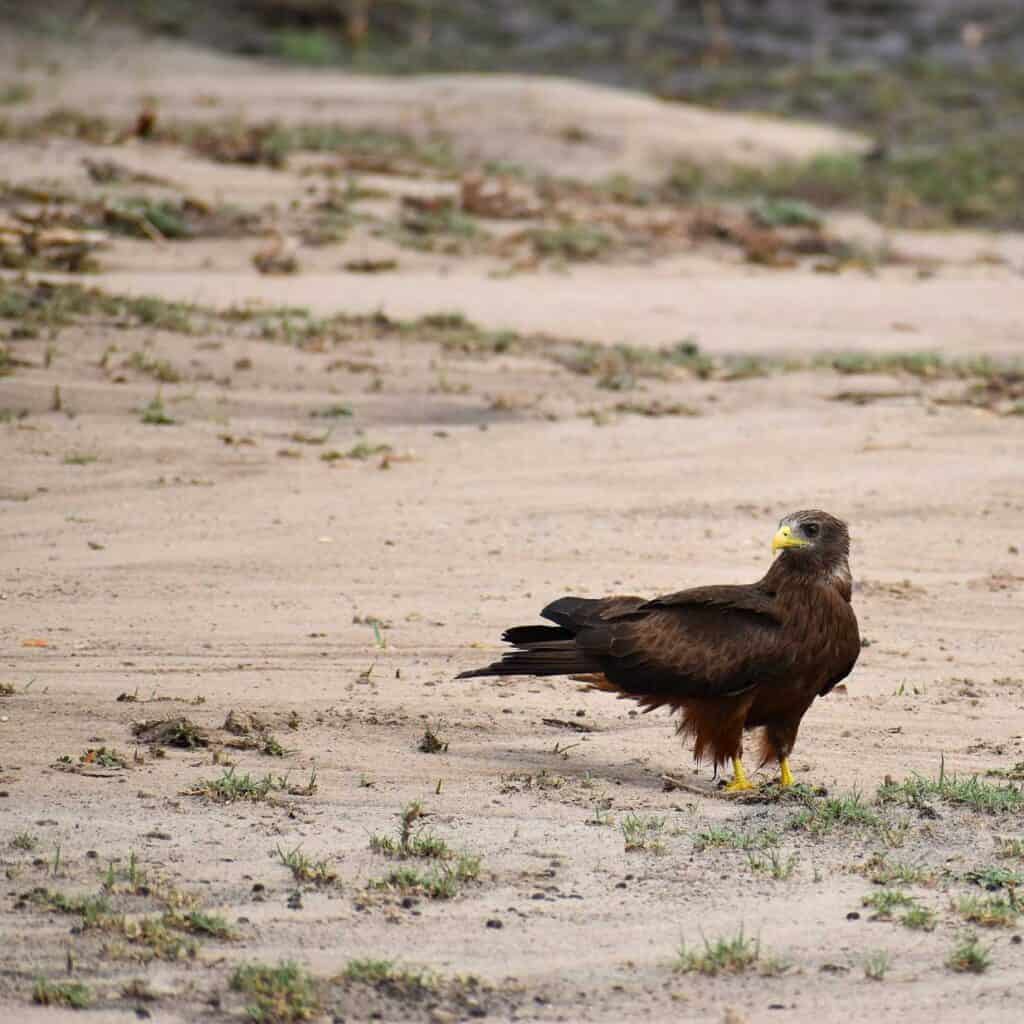
Piper’s Pro Planning: Early morning and late afternoon are the best times to go birding, especially around the riverbanks and riverine woodlands. Keep your binoculars peeled for the mighty martial eagle, the largest of Africa’s eagles and an absolute beast in flight. I captured a yellow-billed kite in flight, and the muted feathers against the yellow beak and feet were awe-inspiring. I also snapped an image of one on the ground.
- Read More: Kagga Kamma Nature Reserve in Cederberg Western Cape
- Read More: The Great Wildebeest Migration
So Many Ways to Explore
You’ll find different safari options in Chobe; it’s hard to go wrong.
Game Drives
If you want to feel the dust and adrenaline, go for a classic morning game drive. Local guides know the terrain like the back of their hand. They will help you spot different animal species—from lions to leopards, hyenas, buffalo, wild dogs, and even the elegant southern giraffe. Game drives are the foundation of the Chobe Safari Experience, especially in the dry season, when animals congregate around the river and are easier to spot.
Boat Safaris and River Cruises
For a more relaxed but equally thrilling experience, hop on one of the safari boats. Picture this: Camera in hand, you’re gliding along the river at sunset, with elephants swimming alongside and Egyptian geese honking overhead. Sounds like heaven. These boat trips are a great way to see animals up close without the bumpy ride, and they’re often more productive for spotting species such as hippos, crocodiles, and water birds.
Guided Safaris and Mobile Camps
For the brave and bush-savvy, guided mobile safaris or a bush camp offer raw, unfiltered Africa. There are no fences or walls, just canvas tents and the thrill of hearing lions roar in the distance as you try to sleep. I did this once in Tanzania in a glamping camp, and it was thrilling. We listened to the roars of a lion tearing apart a wildebeest. It wasn’t very comforting, with only the tent canvas between you and the great outdoors. It is not for the faint of heart.
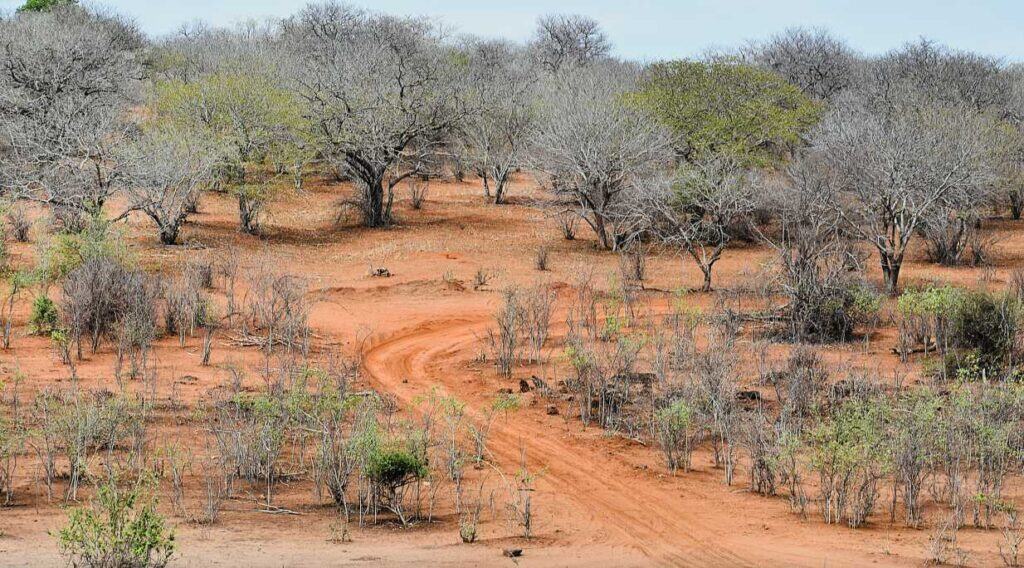
Chobe National Park Regions
The park isn’t just one terrain. It’s split into four unique ecosystems, each with its own vibe.
Chobe Riverfront
The most popular section is close to Kasane. Here, you’ll see large herds of elephants, water buffalo, and tons of birdlife. Most river cruises and photo safaris happen in this area, and I spent most of my time there.
Savuti Marsh Area
It is wild, dramatic, and teeming with predators. Think of epic lion versus hyena showdowns and cheetah sprints across the plains. This region is legendary during the drier months, especially during the peak safari season.
Linyanti Marsh & River
Remote and serene, this area feels like a hidden treasure. If luck’s on your side, you’ll see rarer species like sable antelopes, roan antelopes, and maybe even a few shy leopards. The Kwando River adds another layer of wetland magic.
Serondela Area
Situated near the park’s northern boundary, this is a lush pocket of biodiversity, rich with common species like impalas, warthogs, zebras, and the occasional big cat.
When’s the Best Time to Visit?
The eternal safari question. When’s the best time to go? It depends on what you want. Do you hope to see baby animals, go birding, or grab great deals?
The dry season lasts from May to October. It’s the high season, and for good reason. The vegetation thins out, and animals flock to the water sources, making them easier to spot.
The rainy season from November to April turns the park into a lush green oasis. It’s a good time for birding, seeing babies everywhere, and scoring off-season deals. However, game viewing can be more difficult due to thicker vegetation and tricky, potholed dirt roads.
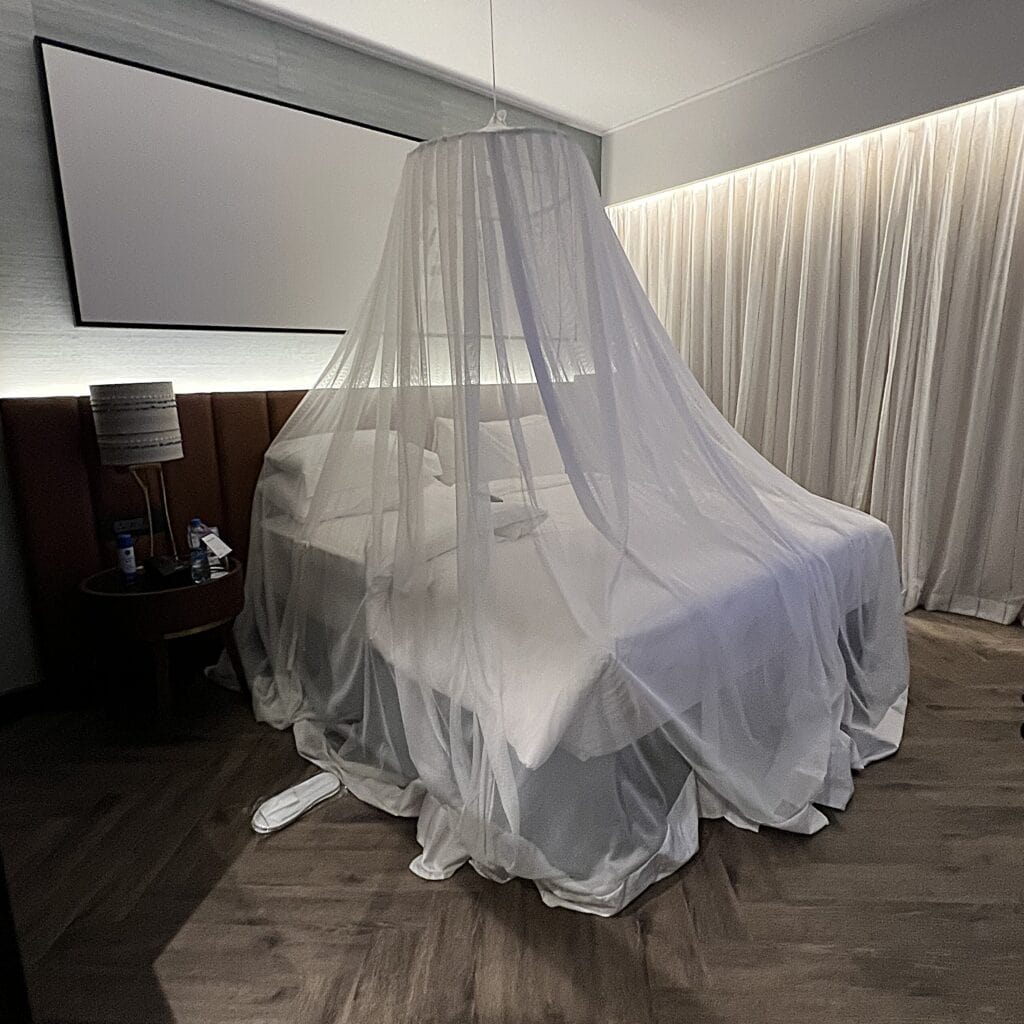
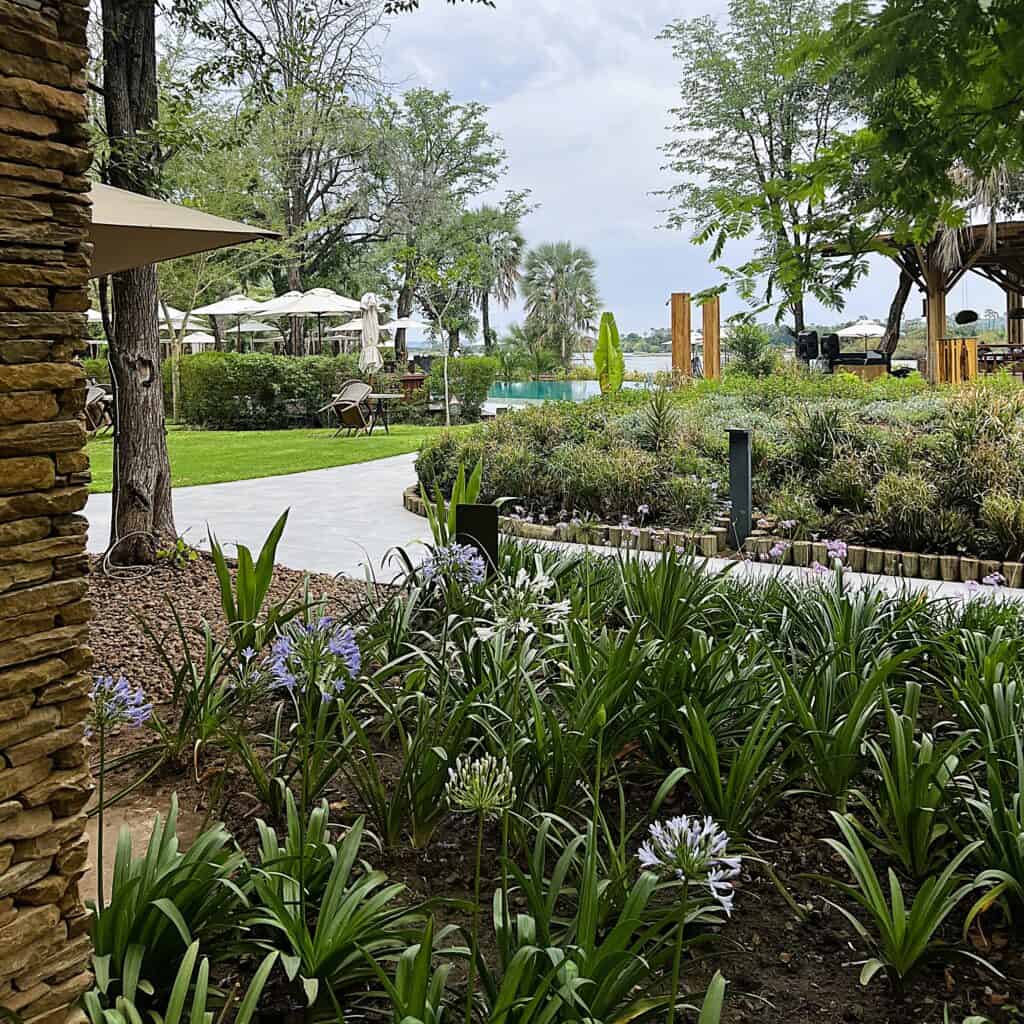
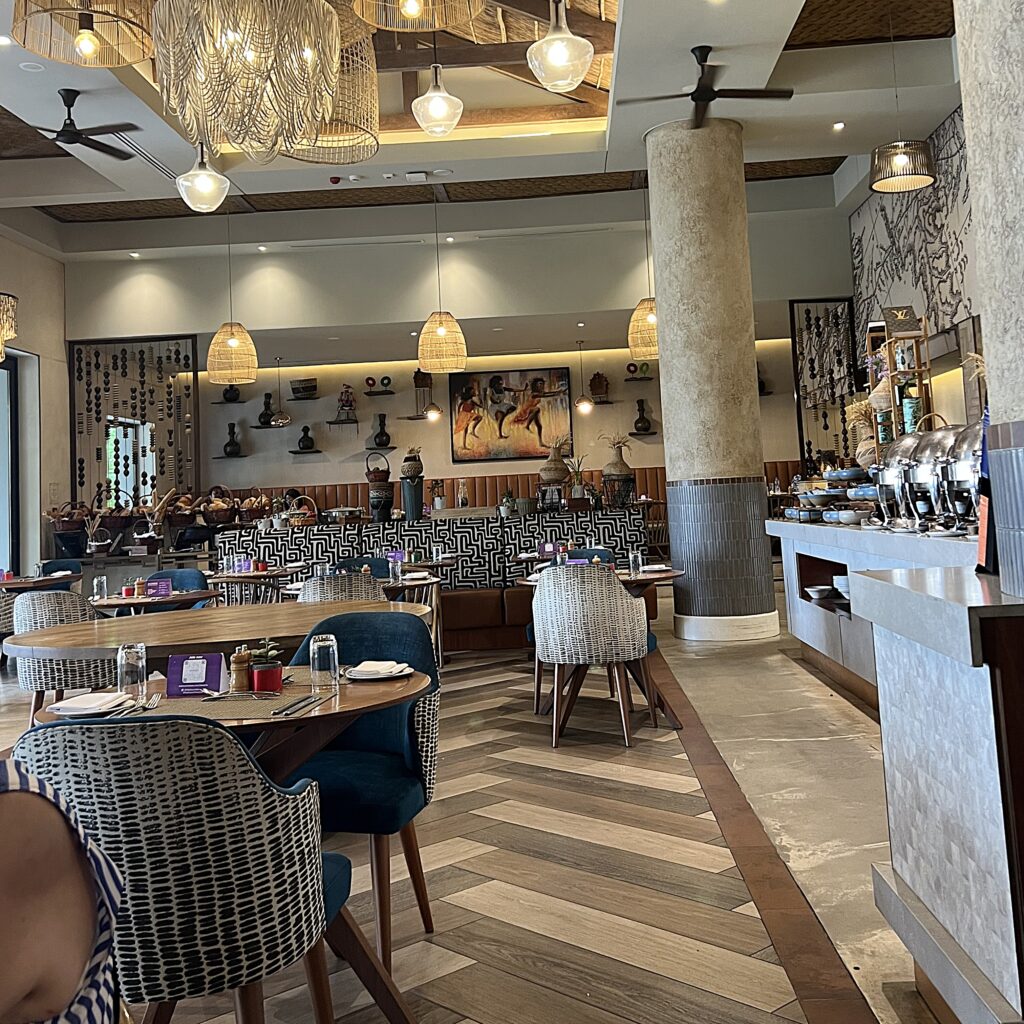
Where to Stay
Whether you’re a roll-out-the-sleeping-bag type or prefer a champagne sundowner, Chobe’s got you covered.
Camping Safaris & Bush Camps
Budget-friendly and full of adventure- this is your dream if you’re into stars, campfires, and waking up to nature’s alarm clock—read, baboons.
Luxury Lodges
If, like me, glamping is more your speed, you’ll find luxury lodges like Chobe Game Lodge that pamper you with fine dining, riverside pools, and expert guides. Many lodges are perched right along the river with sweeping views.
I stayed at the Radisson Blu Mosi-oa-Tunya Livingstone Resort in Zambia. It was easy to take a day trip to Chobe National Park and then another to Victoria Falls.
Getting There
The gateway town of Kasane makes accessing Chobe easy. Kasane International Airport (BBK) connects visitors to city hubs like Cape Town in South Africa or Victoria Falls Airport (VFA) in Zimbabwe. From here, you can take guided tours into the park’s heart via well-maintained main roads.
My tour flew into Victoria Falls Airport (VFA) in Zimbabwe and took a day trip to Chobe National Park. We did a ground safari in the morning and a river safari in the afternoon. This trip just provided a taste of the area, and I felt I needed more time to understand the area.
Crossing the border was uneventful. I liked how the document inspection area was set up, with one side for entry into Botswana and another for entry into Zambia.
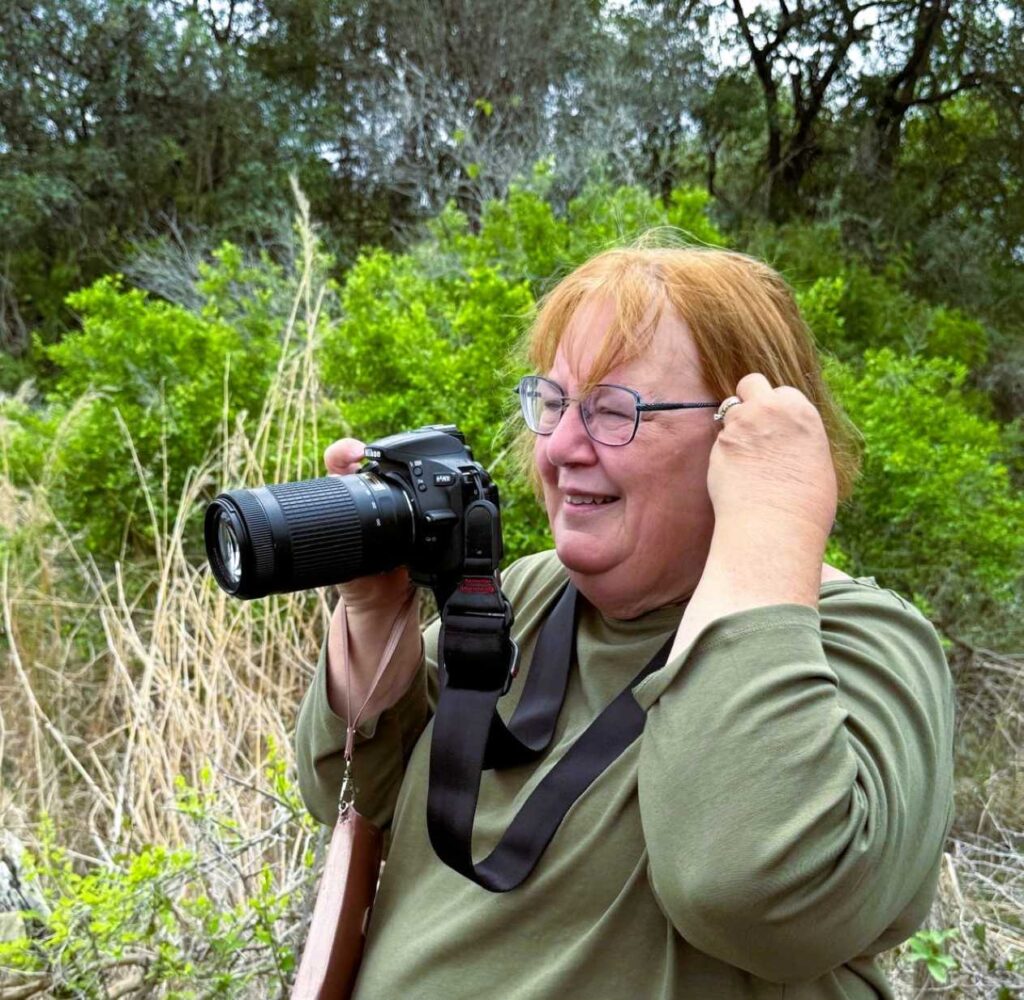
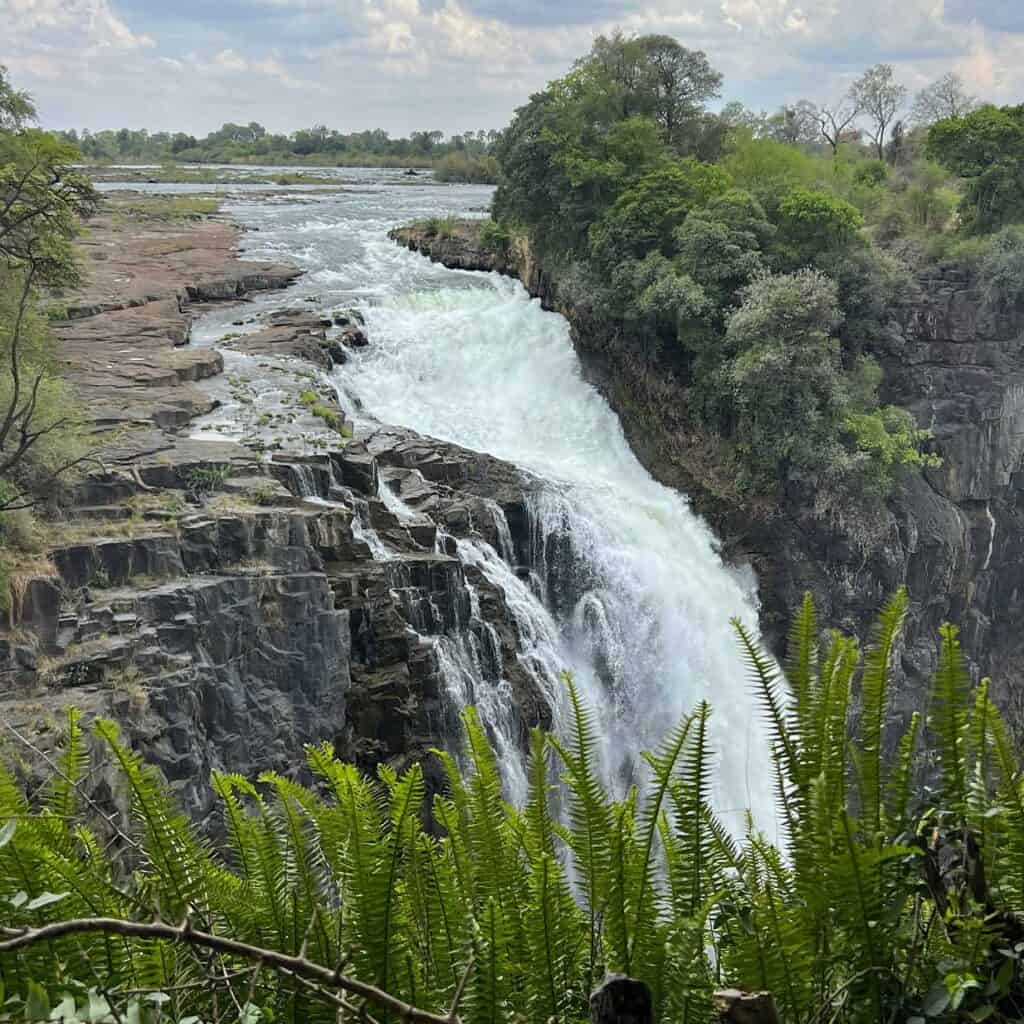
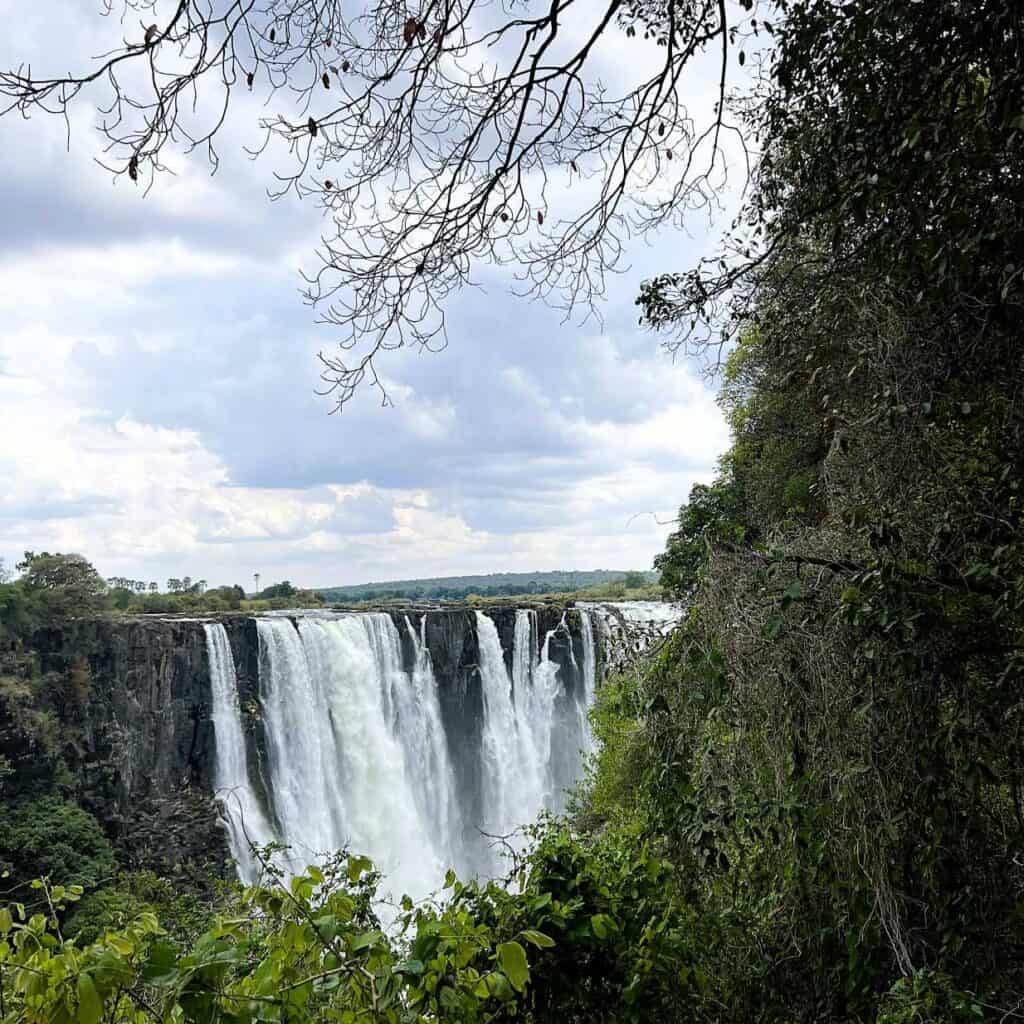
Beyond Chobe National Park
You didn’t come to Botswana to stop at just one park, did you?
Extend your safari adventure by exploring other national parks, like Moremi Game Reserve in the Okavango Delta. The Caprivi Strip near Namibia’s border also offers access to waterways like the Kwando River, which offers additional wildlife viewing opportunities. I also visited nearby Victoria Falls, which is a story itself.
Another iconic waterway, the Zambezi River, flows nearby and provides opportunities for fishing trips or relaxing river cruises. I took a Zambezi River cruise from the Radisson Blu Mosi-oa-Tunya Livingstone Resort in Zambia.
Whether you’re exploring local villages along these rivers or marveling at Victoria Falls’ thunderous cascades, there’s no shortage of activities beyond Chobe National Park.
Piper’s Pro Planning
- Always carry your camera; you never know when an elusive leopard will cross your path.
- Layer up for early-morning game drives; it can get chilly. Although it may be hot by noon, you can remove a layer.
- Ask your lodge about a local village tour. They are a fantastic way to understand the human side of this region.
- Respect wildlife and follow your guide’s instructions. This isn’t a zoo—it’s their home. Also, I’ve found that going on safari ruined going to a zoo for me. But I wouldn’t change it for the world.
Conclusion
A Chobe National Park Safari isn’t just a trip; it’s a sensory overload in the best way possible. From the snorts of hippos echoing across the river to the golden glow of a Savuti sunset, from the flutter of spur-winged geese overhead to the majestic march of large herds of elephants, this park is straight-up magic.
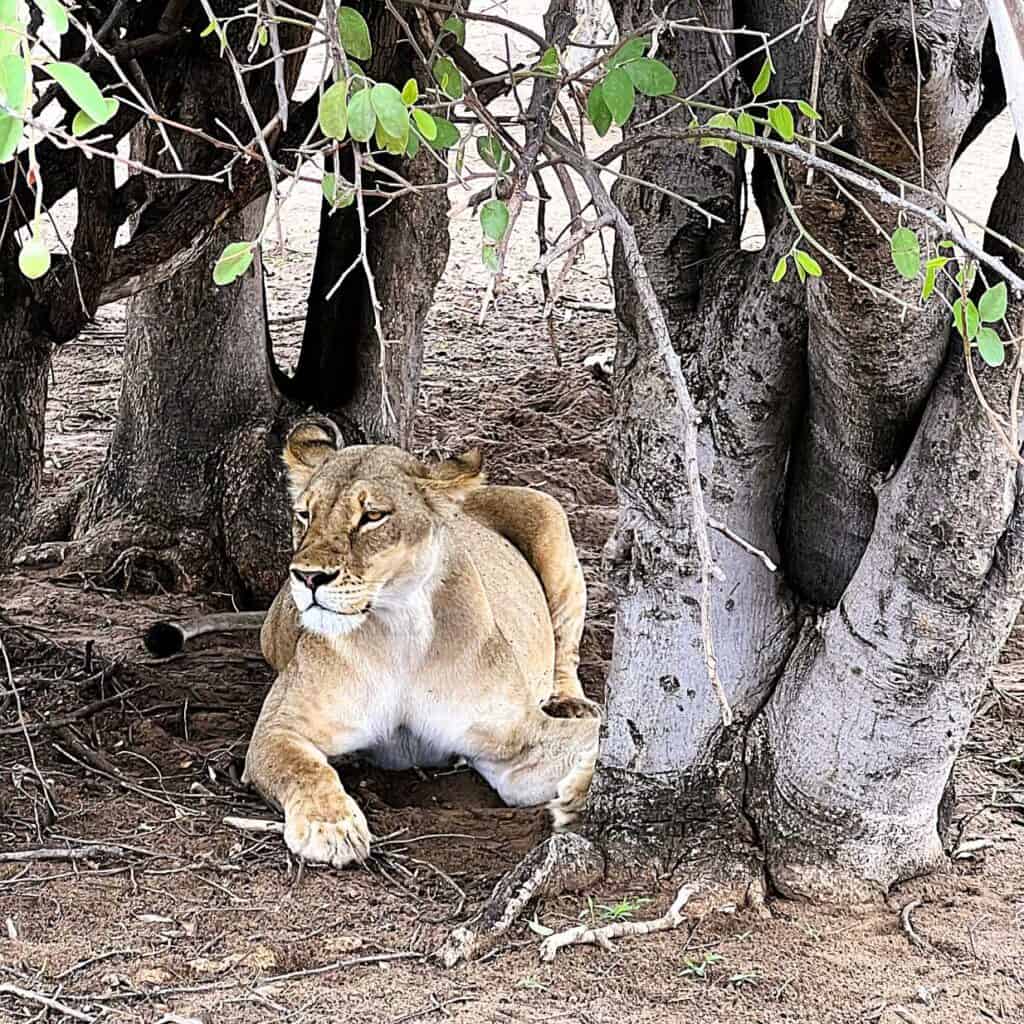
So, jump in a 4×4 and create images of a lioness at dawn. Chobe is the kind of place that leaves a mark on your heart.
So, book a ticket. Your wild African story is waiting to be written, and trust me, there’s no better place to begin than Chobe National Park.
Pin this to your favorite Africa travel board!
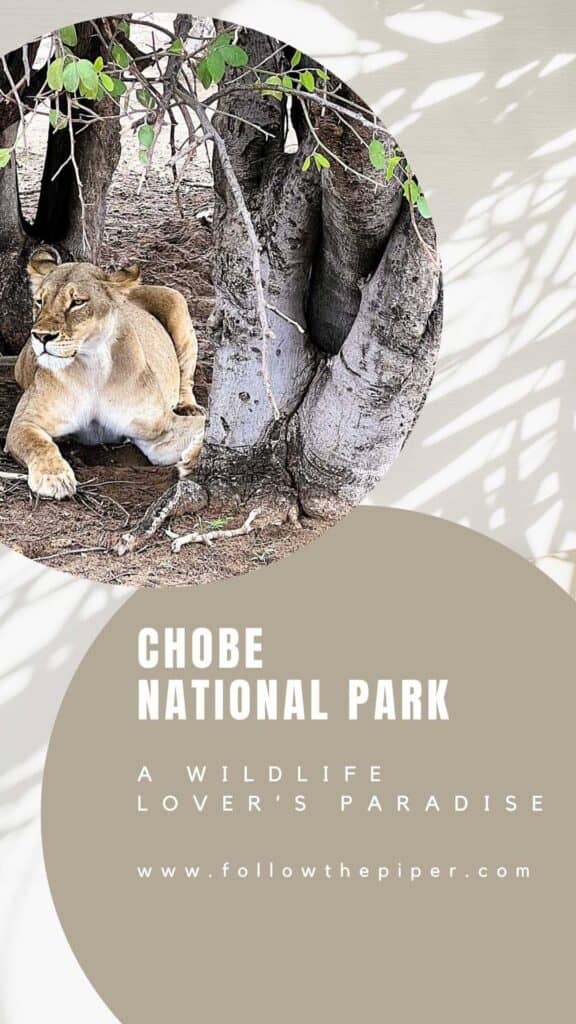
While Piper is a lifelong Michigander, she’s had adventures worldwide. Bomb-sniffing dogs chased her in the middle of the night in Bogota (working late), gate agents refused her boarding to Paraguay (wrong visa), and US Marshals announced her seat number on a plane while looking for a murder suspect (she’d traded seats). It’s always an adventure! She even finds exciting activities in her home state of Michigan, where she lives in Lansing with her husband, Ross Dingman, her daughter, Alexis, and two granddaughters.

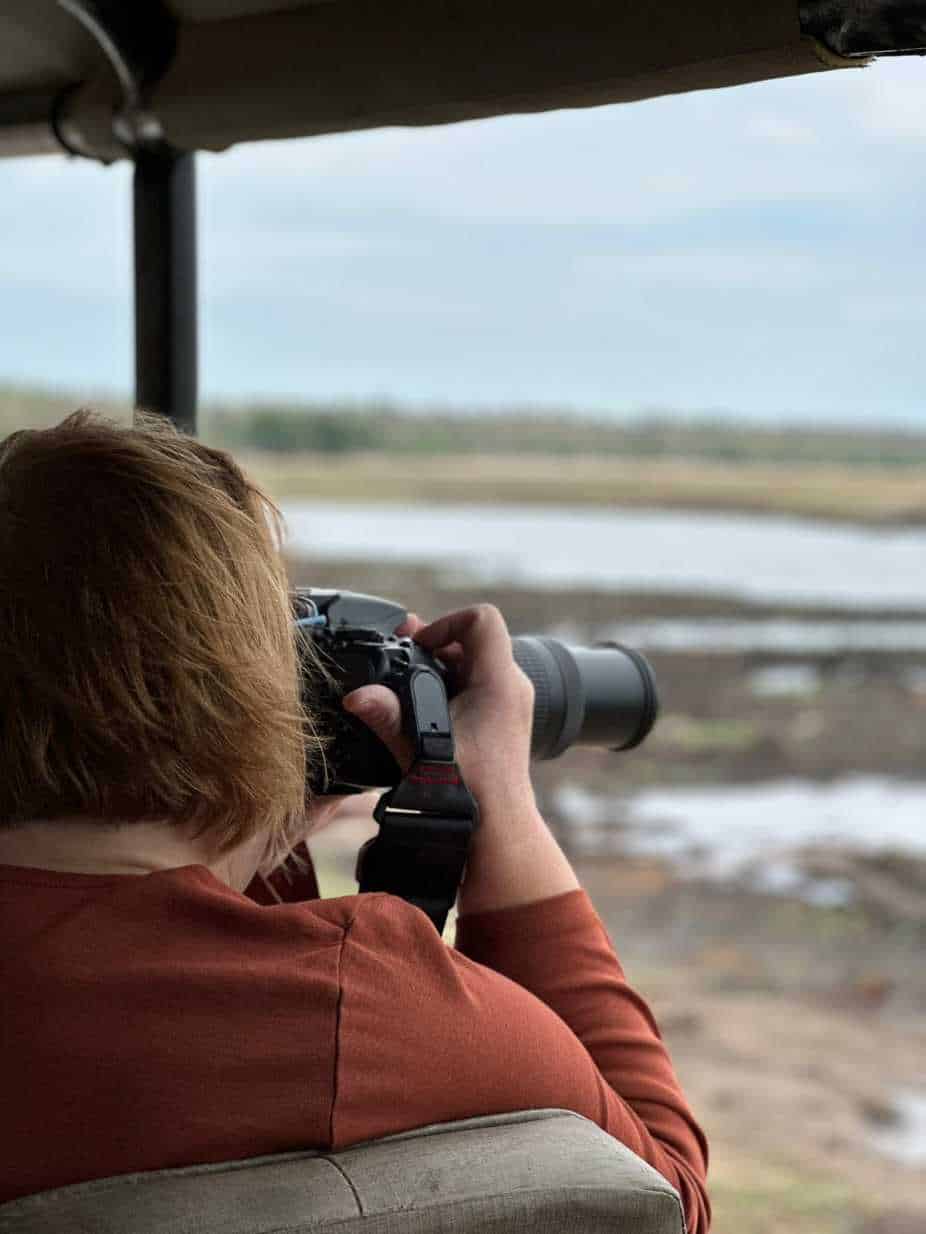



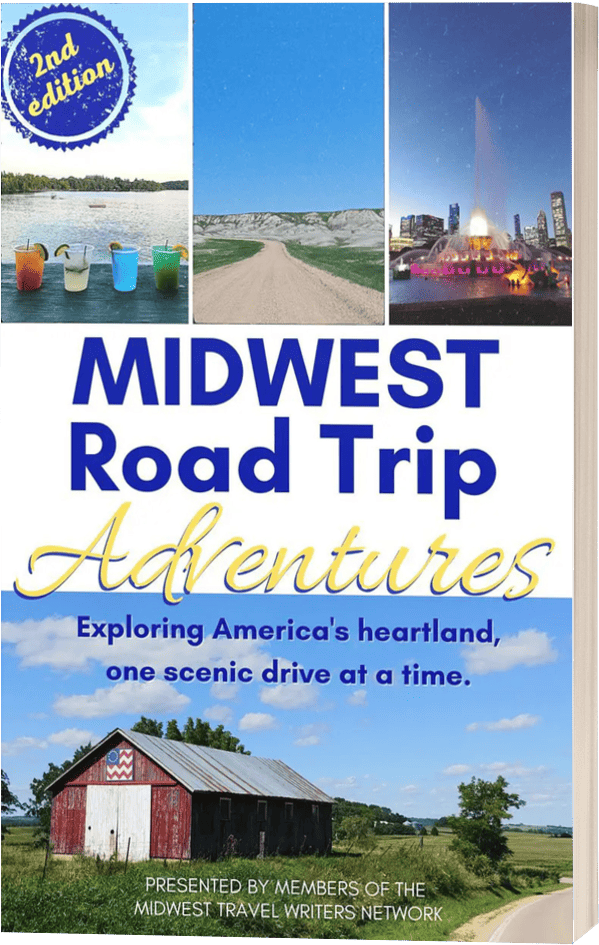
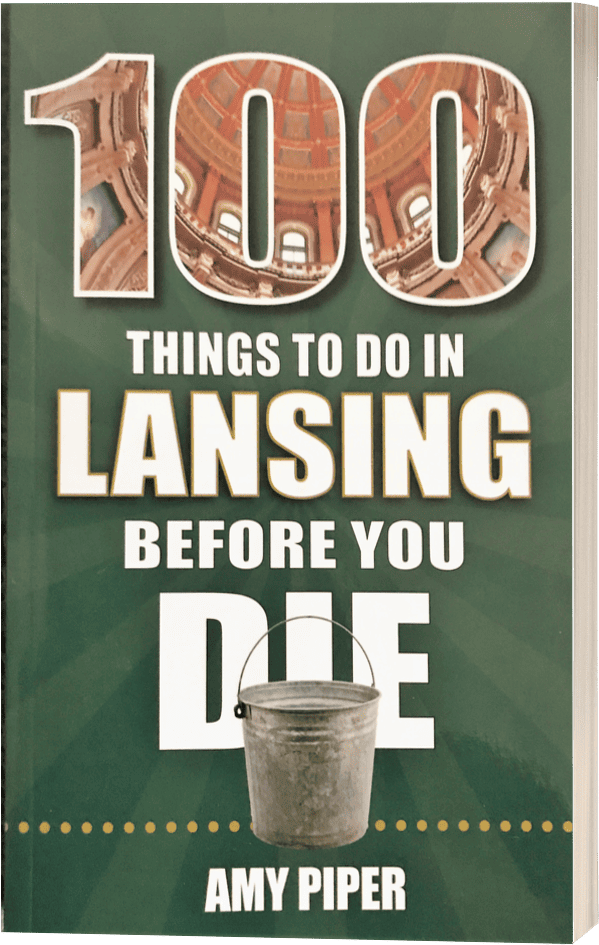
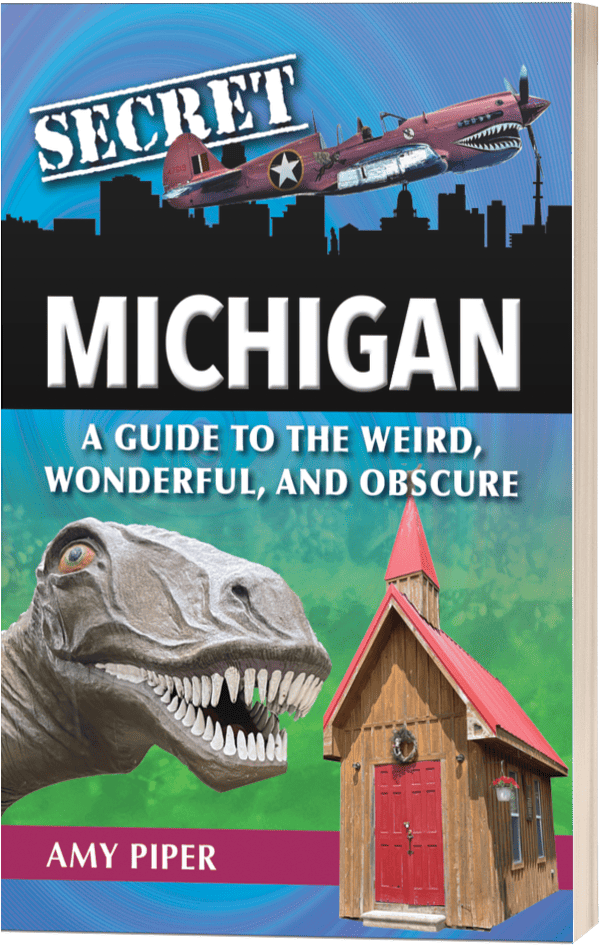
Wow! What beautiful pictures!
Thank you!
I still have Africa on my list! This looks like a great choice. Thanks for sharing your safari highlights and “pro planning” tips!
You really need to do it! As a photographer you would love it!
I’d love the opportunity to see & photograph the wildlife in Chobe. Looks like an incredible experience.
This is great information, thanks for your recommendations-I can’t wait to see African wildlife!
It looks like a great trip, Victoria Falls and the safari both. Always wanted to experience a safari. Great photos btw.
You captured some amazing images of those animals! Victoria Falls looks really pretty too
Thank you!
It would be so cool to see a leopard, as long as it didn’t get too close! Lol
I saw one in a tree in Tanzania. It was very cool.